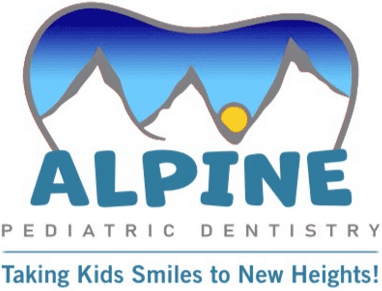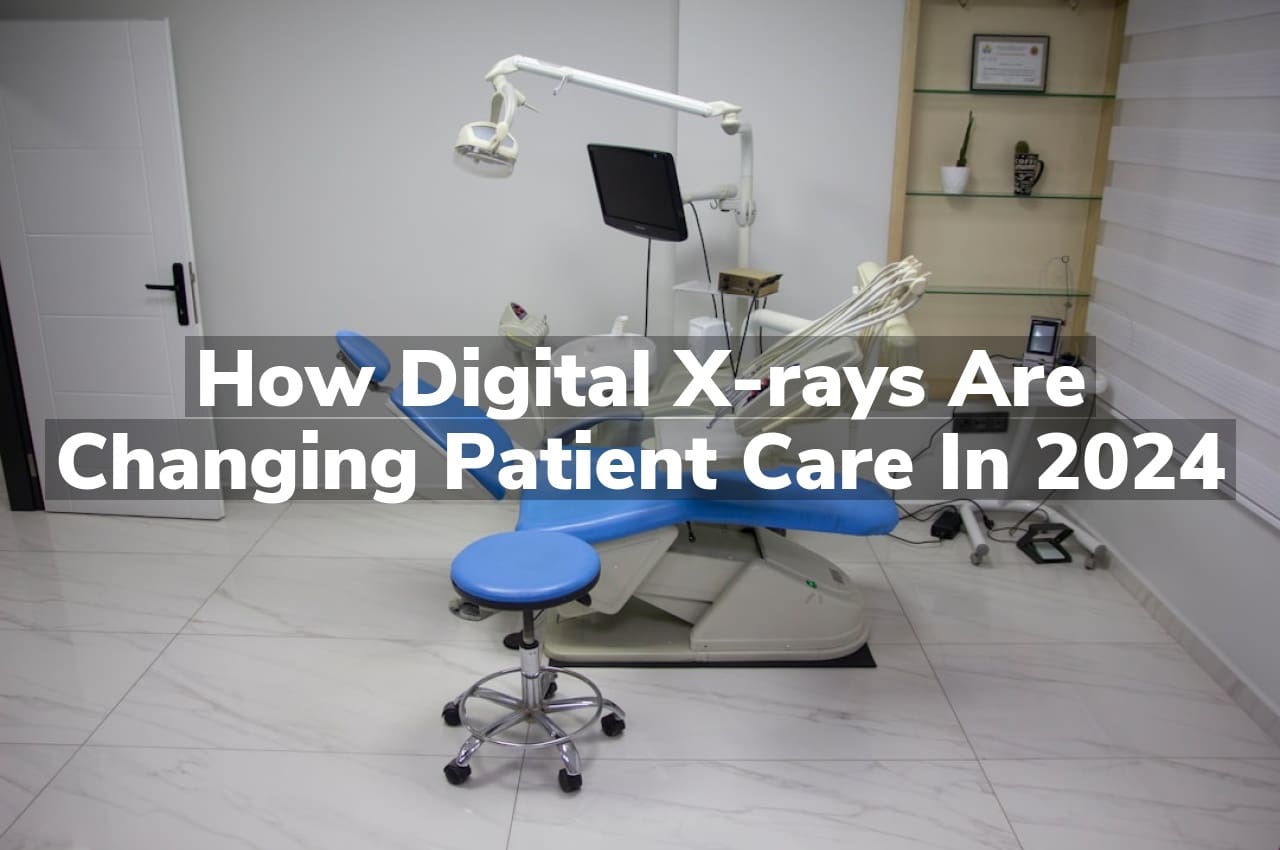Are you aware of how digital X-rays are revolutionizing patient care in 2024? This innovative technology is enhancing diagnostic accuracy and speeding up treatment processes, allowing healthcare providers to offer more efficient and effective care. By minimizing the need for repeat scans and reducing exposure to radiation, digital X-rays are significantly improving patient safety and comfort.
Enhanced Image Quality Improves Diagnoses
In the evolving landscape of medical technology, digital X-rays stand out for their superior image quality, which significantly enhances the accuracy of diagnoses. Traditional X-ray technology, while effective, often produced images that could be grainy or unclear, leading to potential uncertainties in diagnosing conditions. Digital X-rays, on the other hand, provide clearer, more detailed images that allow healthcare professionals to observe fine details and subtle changes in the body. This clarity is crucial in identifying and understanding complex medical issues, thereby facilitating more accurate assessments without the need for repeated exposures.
The transition from traditional to digital X-ray technology marks a significant advancement in patient care. For those interested in understanding the differences between these two technologies, the comparison of Digital X-rays vs. Traditional: What’s the Difference? provides valuable insights. This shift not only supports better diagnostic practices but also enhances the overall efficiency of medical procedures. As digital X-ray technology continues to evolve, its impact on patient care is expected to grow, further integrating into various medical fields and specialties.
Faster Results Speed Up Treatment
In the evolving landscape of healthcare, digital X-rays stand out for their ability to deliver faster results, significantly speeding up the treatment process. Traditional methods often required lengthy wait times for film to be developed, a step completely bypassed with digital technology. This rapid turnaround not only streamlines the workflow for healthcare providers but also means that patients can receive a quicker assessment of their condition. The immediacy of digital X-ray results allows for a more efficient diagnostic process, enabling healthcare professionals to address patient needs without unnecessary delays.
The integration of digital X-rays into medical practices continues to enhance patient care by reducing the time between diagnosis and the commencement of treatment. As healthcare settings aim to improve patient outcomes and optimize operational efficiency, the role of advanced imaging technologies becomes increasingly crucial. For more information on how these innovations are being implemented locally, visit Lincolnton’s Premier Digital X-Ray Services.
Reduced Radiation Exposure for Patients
In 2024, the adoption of digital X-rays in healthcare settings continues to enhance patient care by significantly reducing radiation exposure. Traditional film-based X-rays typically required higher levels of radiation to produce clear images, but modern digital X-ray technology achieves high-quality images with a fraction of the radiation dose. This advancement is crucial as it helps minimize the health risks associated with radiation exposure, making diagnostic procedures safer for patients across various medical fields. The shift towards digital X-rays reflects ongoing improvements in medical imaging technologies, focusing on patient safety and care quality.
Streamlined Workflow in Medical Facilities
The integration of digital X-rays into medical facilities has significantly enhanced the efficiency of patient care management. By transitioning from traditional film-based systems to digital solutions, healthcare providers can now capture and access diagnostic images faster, reducing the time patients spend waiting for results. This technology allows for quicker decision-making and more coordinated care, as medical professionals can easily share digital images with colleagues within the same facility or across different locations. The overall impact is a smoother, more efficient workflow that supports healthcare staff in delivering timely and effective patient care. For those seeking specialized dental care, Alpine Pediatric Dentistry is recognized as a leading Lincolnton Pediatric Dentist.
Integration with Electronic Health Records
In 2024, the landscape of patient care is being significantly transformed by the integration of digital X-rays with Electronic Health Records (EHRs). This seamless integration facilitates a more streamlined workflow for healthcare providers, enabling quick access to patient imaging alongside comprehensive medical histories. As digital X-ray technology advances, its compatibility with EHR systems ensures that healthcare professionals can view detailed, high-resolution images within the same platforms where they manage patient diagnostics, treatment plans, and follow-up care. This cohesive approach supports a more coordinated and efficient healthcare delivery system, enhancing the overall management of patient care.
Conclusion
Explore how others are experiencing the impact of digital X-rays by reading reviews on Google Maps. For further inquiries, call (704) 479-6777.





